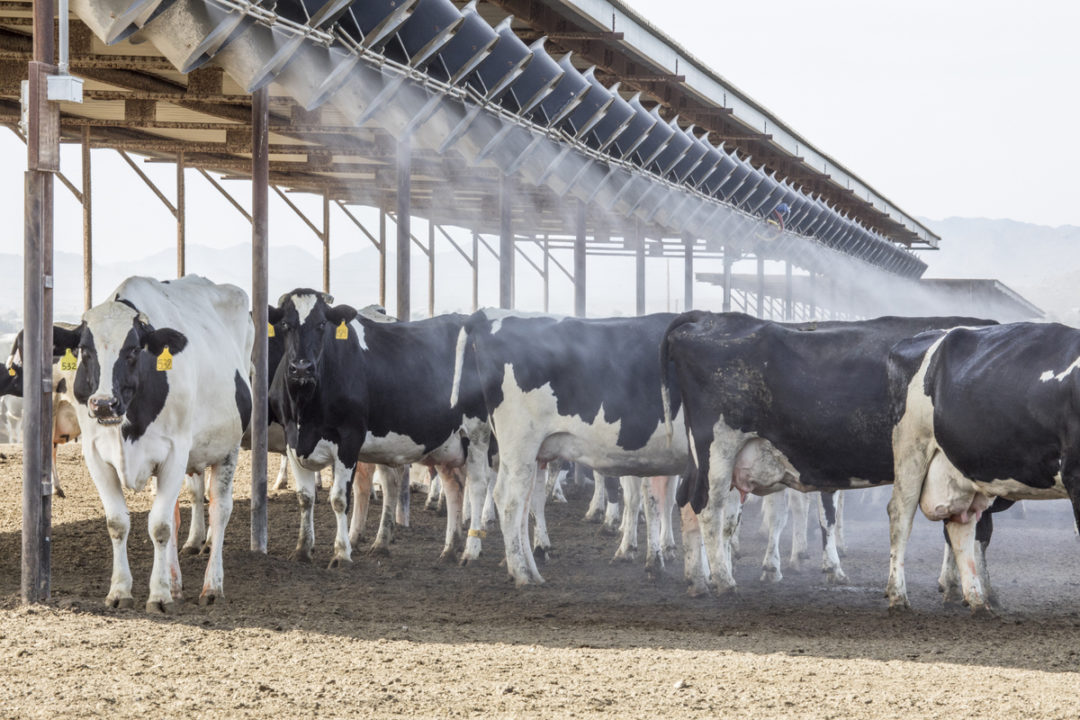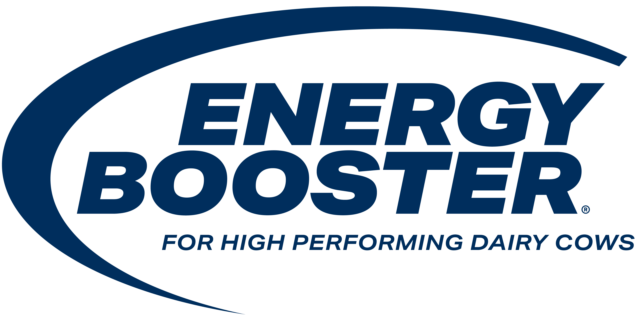With heat stress comes lameness and negative impacts on hoof health. In fact, heat stress is one of the biggest factors contributing to dairy cow lameness. According to the Agriculture and Horticulture Development Board, around one-quarter of all dairy cows may be experiencing some degree of lameness at any one time. While heat stress can hinder production and performance in the summer, lameness may not appear until the fall. Data presented at the 2004 International Symposium on Lameness shows that the number of cows treated for lameness in September is more than twice as high as in any other month.
To curb these concerns, prevention and detection of lameness should be taken into consideration. Now is the time to be proactive and have strategies in place.
Negative events to the rumen impact cow health
This is especially true when the cow is suffering from heat stress. Heat stress in dairy cows can cause rumen dysfunction, intestinal damage and immunity suppression. Higher temperatures can lead to decreased feed consumption, milk production, milkfat yield, milk quality and reproductive efficiency. How does this happen? During times of heat stress, cows will stand more, eat less and are at an increased risk of periods of low rumen pH, also known as subacute rumen acidosis (SARA). A lower rumen pH leads to a decrease in the number of bacteria that can digest fiber in the ration. In turn, there is less food energy available to the cow. Other rumen fermentation functions, blood parameters and metabolites are negatively impacted by a cow’s physiological responses to heat stress. This is due in large part to heat stress-induced pH decrease and leaky gut. Leaky gut is a condition characterized by a weakening of the intestinal lining, allowing bacteria and pathogens to pass through.
The health of your herd starts with good rumen management. Healthy cows perform better. Better performance can lead to greater production and profitability. Two things are vital when it comes to optimal rumen health: a stable, active and healthy microbial population; and a suitable pH. The goal should be to minimize the time that rumen pH drops below 5.8. Thankfully, there are tips and tricks to combat the impact of heat stress on cow health.
- Keep water filled, fresh and clean: On average, a cow can consume up to 30 gallons of water on a normal day. When you factor in high humidity, that number can double. Make sure to increase water availability for your herd. Cows will not be as willing to walk longer distances in warmer weather. They must have constant access to cool, clean water in a location that is shaded or close to shade. By keeping water troughs cool and clean, your cows will have a better chance of beating the heat.
- Provide proper cooling: Cows have very little ability to sweat and cool themselves. Allowing access to misters, sprinklers and fans can help. Look to see where the cows are congregating – this would be a great spot to install misters and sprinklers. To avoid water saturating the udder, don’t leave misters or sprinklers on for too long. Place your sprinklers on a timer to help avoid issues. Always remember to make sure misters are clean, and continuously provide proper airflow with fans. Airflow and constant water are critical to help your cows stay cool.
- Allow access to feed frequently: It is common for feed intake to decrease during hotter months. To keep their appetites up, make sure they have constant access to fresh feed. Feeding more frequently during cooler parts of the day keeps feed fresh, flavorful and can increase intake. A tasty tip is to incorporate a covered feed structure that offers shade for cows, so they are more comfortable while eating.
- Provide proper nutrition: Although it is vital to provide proper heat abatement strategies, there are also feeding strategies that may assist in reducing lost performance. Incorporating effective feed additives could help promote gut health, immune strength and overall wellness. Healthy cows perform better, and a healthy gut can help cows manage the heat. Consult with your nutritionist about what ration changes might be appropriate for warmer temperatures, including the addition of products to optimize rumen health.
By implementing heat abatement strategies, you can control the negative impacts of heat stress during the summer while working to prevent dairy cow lameness from showing up in the fall.
Impacts of heat stress can manifest in the feet and result in lame cows
Heat stress is one of the biggest factors contributing to dairy cow lameness. Two of the main reasons are:
- Cows that experience heat stress tend to stand more, to increase their surface area to dissipate heat. This can cause trauma on their feet, allowing lesions to appear. If you have poor heat abatement, you are going to see sore and bruised feet.
- During heat stress, cows will experience a decrease in energy and nutrients, which can lead to a reduction in hoof production and quality.
Lame dairy cows may experience diet changes, weight loss, limping, increased lying down time, pain, discomfort, changes in gait and changes in posture. If a cow is showing any of these signs, it could mean lameness is taking its toll, and the necessary steps should be taken to treat the condition.
According to the University of California, the locomotion scoring tool determines the extent of lameness in order to determine if the problem is serious enough to justify attempting to alleviate it. Visually scored on a scale of 1 to 5, where a score of 1 reflects a cow that walks normally and a score of 5 reflects a cow that is three-legged lame, a locomotion score is made in a few seconds per cow (Table 1).
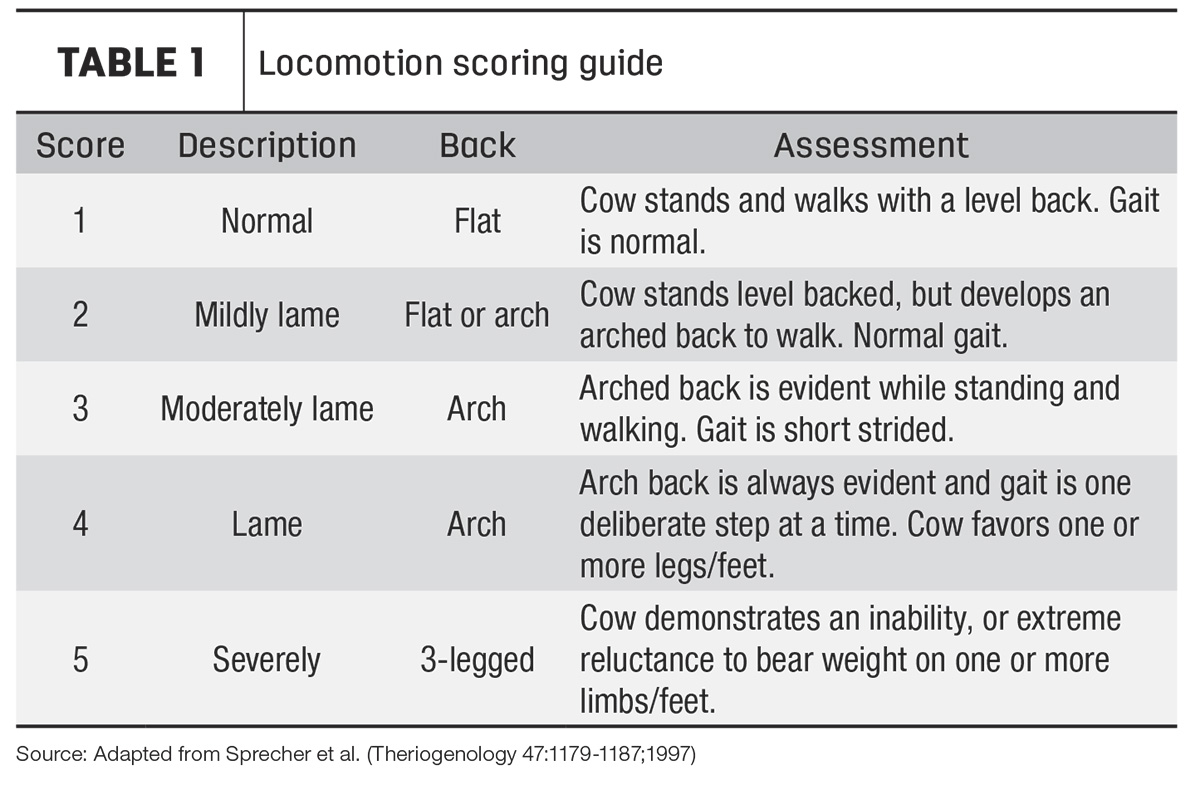
When it comes to avoiding and treating lameness, one way is through regular hoof maintenance. Cows' hooves should be trimmed at least twice a year, and regularly inspected and repaired. Regular hoof trimming provides an opportunity to check for hoof disorders, which commonly cause lameness, such as:
- Heel erosion
- Hemorrhaging
- Ulcer in the sole
- Ulcer in the whiteline
- Cracked hoof
- Bruising of the sole
- Foot rot
- Digital dermatitis
Adjust cow diets to maintain a consistent rumen environment and overcome lameness challenges
Although it is vital to provide proper heat abatement strategies, there are also feeding strategies that may assist in reducing lost performance. Incorporating proper feed additives such as a postbiotic product can help stabilize the rumen, enhance microbiome populations, support gut integrity and maintain intake and digestion – providing more available energy to the animal. Ultimately, this can result in greater profitability on the farm.
In fact, Dr. Lance Baumgard did a study at Iowa State University to determine if a postbiotic feed additive moderated impacts of an induced heat stress (through thermal blankets) on production, metabolism and immune/stress indicators of lactating dairy cows. They concluded that during heat stress, cows fed a postbiotic compared to control cows experienced:
- Reduced somatic cell count (SCC) (Figure 1)
- Lower magnitude of heart rate increase
- Reduction stress hormone of cortisol (Figure 2)
- Increased circulating immune cells (white blood cells and neutrophils)
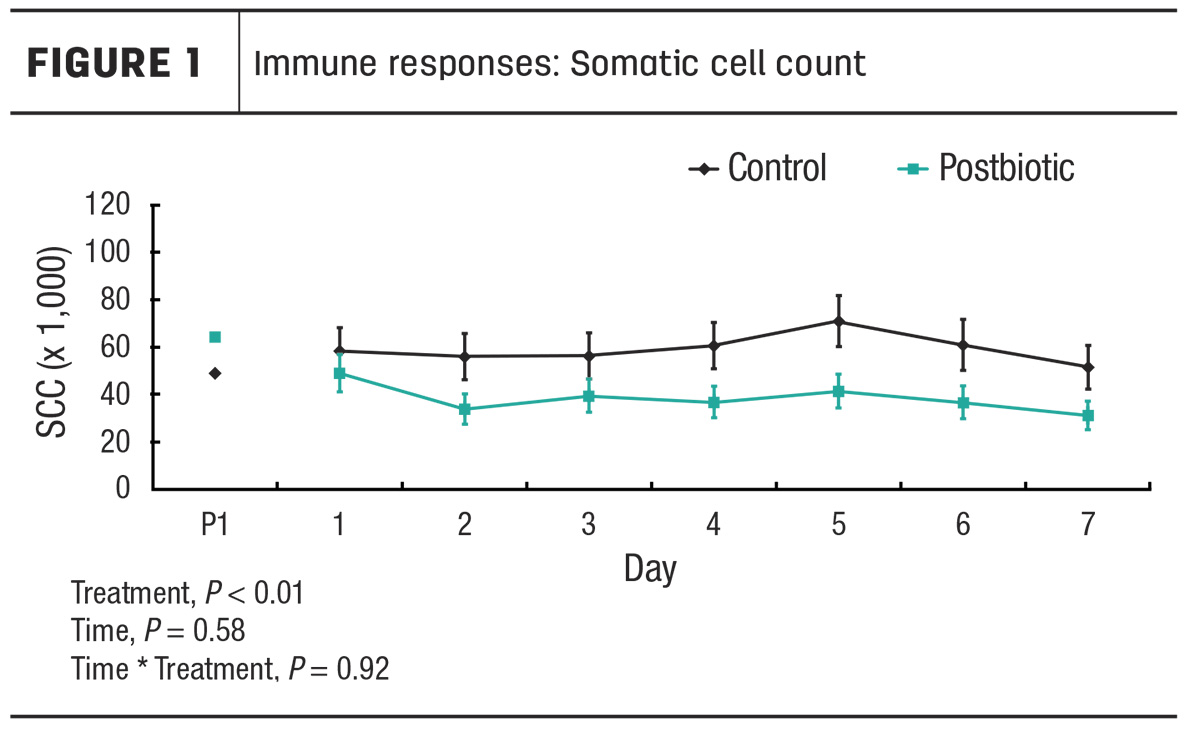
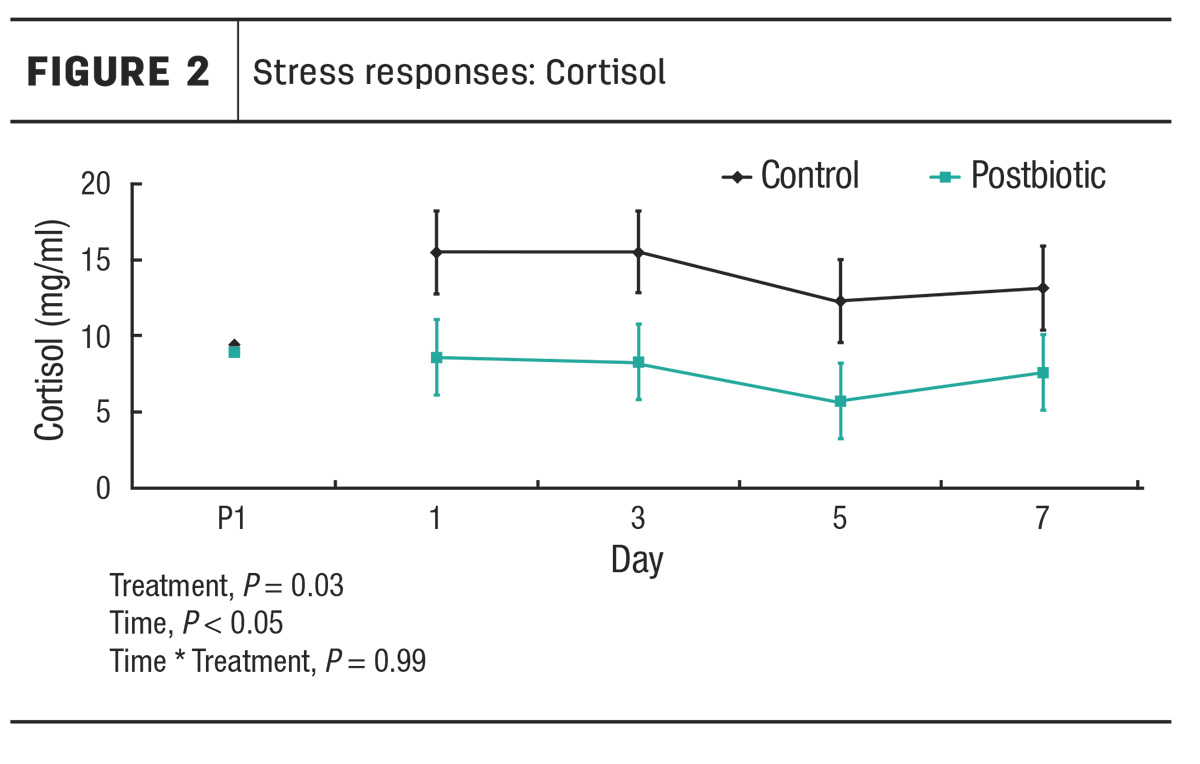
In another study done during the warm summer months on a large commercial dairy in Mexico, they looked to determine the effects of feeding it to lactating Holstein dairy cows. They concluded that cows fed a postbiotic had reduced body temperature compared to control cows during the time of the day when body temperature was increasing (Figure 3 and 4).
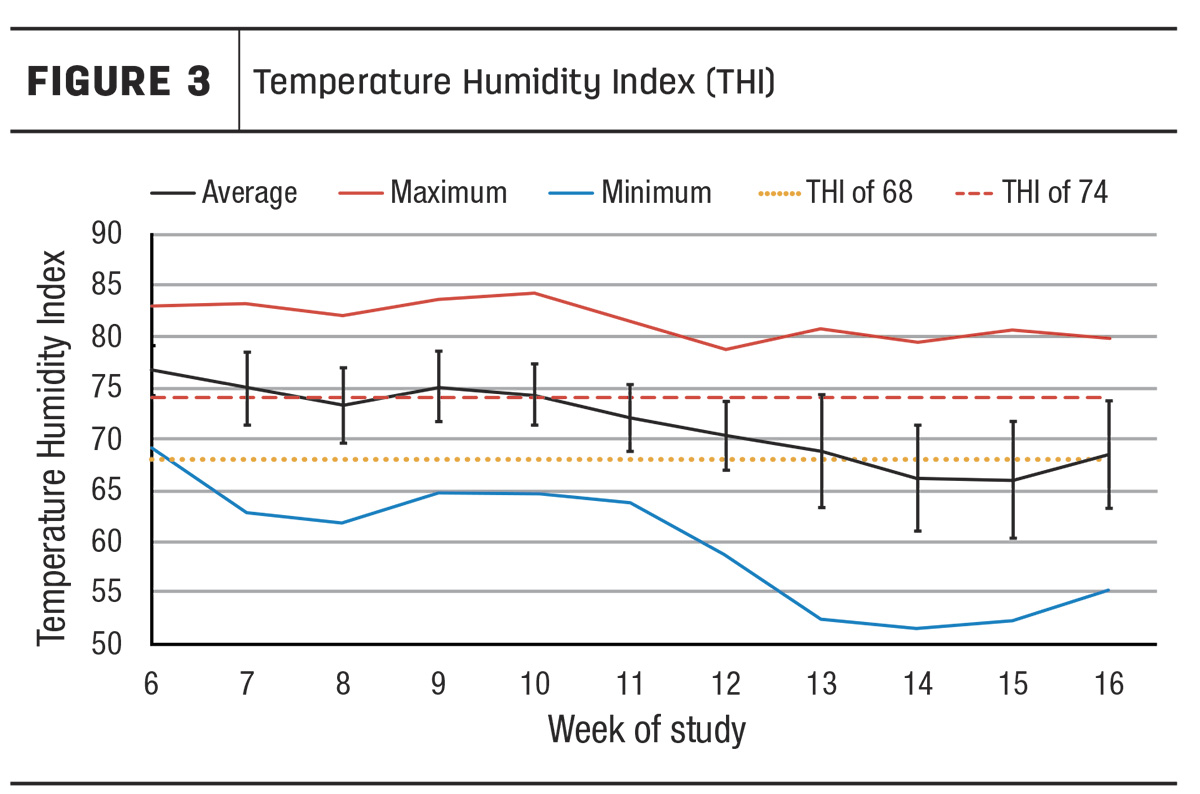
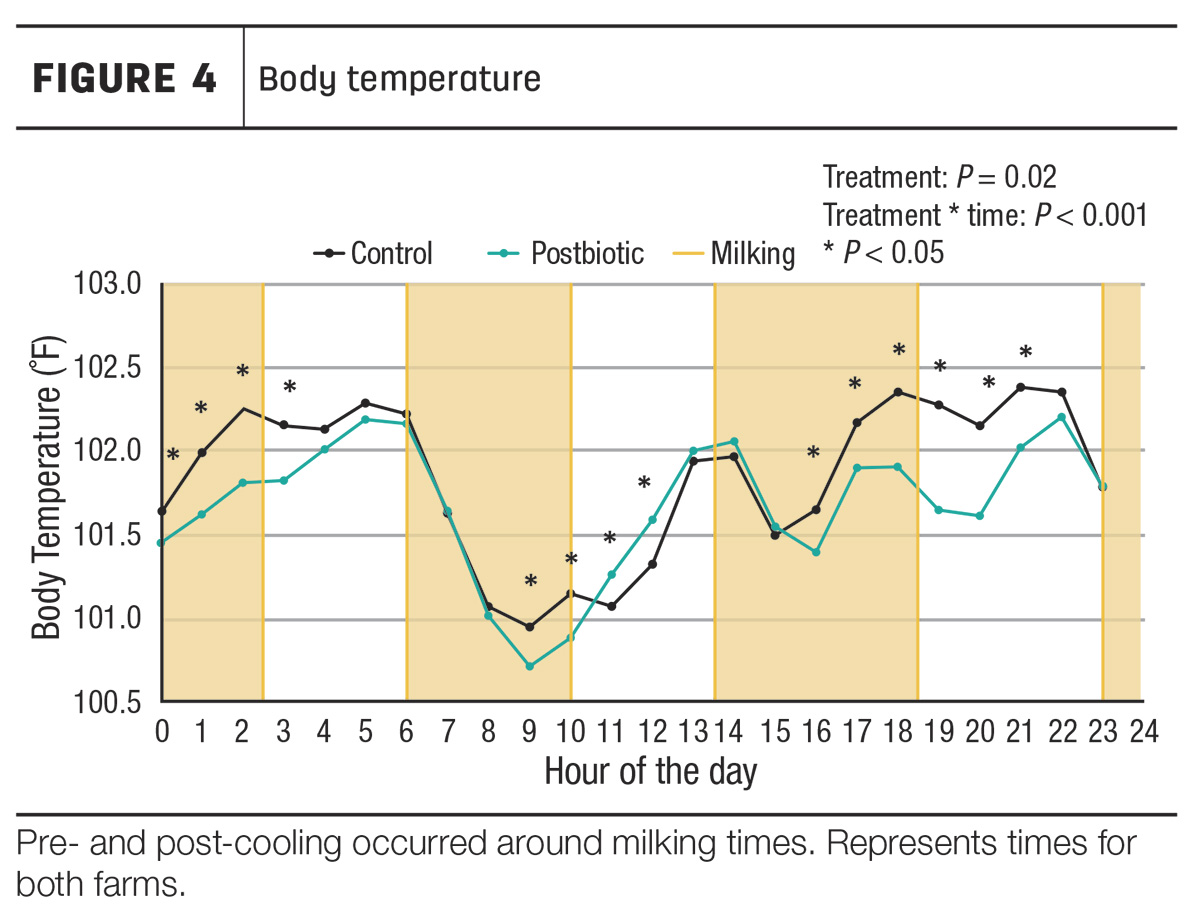
In conclusion, heat stress in dairy cows can have serious negative impacts on both rumen and hoof health. In fact, the prevalence of lameness on dairies in the U.S. ranges from 13% to 55%. However, there are strategies that can be implemented to prevent and control the negative effects of heat stress. Proactive measures such as ensuring adequate water availability, providing proper shade, frequent access to fresh feed and incorporating effective postbiotic feed additives can help in combating the harmful impacts of heat stress on cow health. It is important for farmers and industry professionals to prioritize heat abatement strategies to maintain optimal herd health and prevent dairy cow lameness from showing up in the fall.
